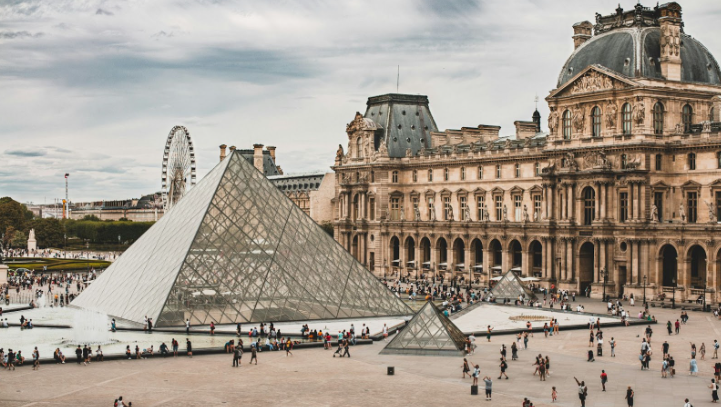When picturing Thanksgiving, the average person envisions pilgrims and Native Americans celebrating the first harvest and their newfound friendship. They are pictured eating an assortment of foods, such as corn, turkey and pumpkins while sharing thanks around a dinner table. In reality, this story is far from the truth.
This traditional version of the first Thanksgiving has become widely accepted across many generations as the true history. The story was developed in the 1800s and Thanksgiving was made a national holiday by Abraham Lincoln in 1863 during the Civil War to try and create a sense of unity among Americans.
In the past few years however, The U.S. government and public school systems have been trying to change certain policies and practices to recognize the hardships Indigenous people have faced as well as shed light on what has been altered or left out of the history books.
One example is the way that Christopher Columbus is covered in modern curriculum. Students in past years were taught that Columbus was a great explorer who discovered the Americas. Now students are getting a more accurate understanding of how advanced the Natives were before contact with Europe, as well as a more accurate history of the Europeans that involves bringing disease and eventual eradication of Native civilizations. It is estimated that European contact resulted in the death of up to 95 percent of the Native population.

Columbus is no longer celebrated as a hero the way that he once was. As of 2024, 29 states and Washington DC have stopped celebrating Columbus Day, and more than 200 cities have renamed the day to Indigenous Peoples Day.
Schools have added courses that allow and encourage students to take a closer look at Native American history. Green Hope, for example, has started offering the American Indian Studies course. When asked about the significance of these courses, American Indian Studies and AP United States History teacher Mr. James Hutchison said “More and more historians since the 1990s have recognized that American Indian history and stories are central to the overall American story, and we sidelined it for a long time.”
In a more accurate history of Thanksgiving, the Wampanoag and other Native tribes had been interacting with European newcomers for more than a hundred years before the pilgrims. When the pilgrims landed in 1620, the Wampanoag observed them and decided to help them, primarily for political and strategic reasons.
The actual first Thanksgiving happened by accident and was not a representation of the bond between the pilgrims and the Wampanoag. In truth, the pilgrims were firing their guns to celebrate a successful harvest. This attracted the attention of the Wampanoag who came, not with the intent to celebrate, but with the intent to fight. When the Wampanoag realized that there was no immediate threat, they stuck around and shared some food with the pilgrims. Mr. Hutchison shared that “No invitation was ever issued to Indian nations, this was not a celebration or expression of friendship, and in fact, the Plymouth settlers turned on the Wampanoag within the decade when another military alliance seemed more promising.” The collaboration of these Natives and settlers was fragile, short-lived and nothing like the friendship that became common American belief.
People today have the choice to celebrate the Thanksgiving holiday for different reasons than before. Now people are celebrating a time of sharing thanks with family and friends instead of the old way of celebrating the supposed friendship between Natives and Pilgrims. The false representation of Thanksgiving is a significant example of how the United States has underrepresented and altered the Native American story.














